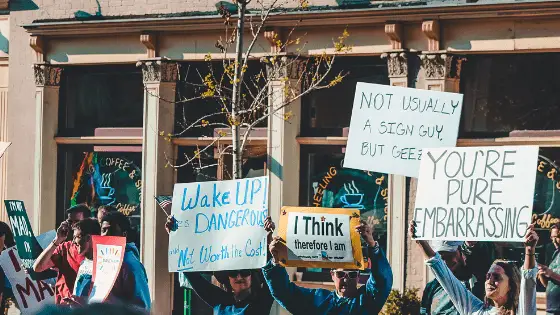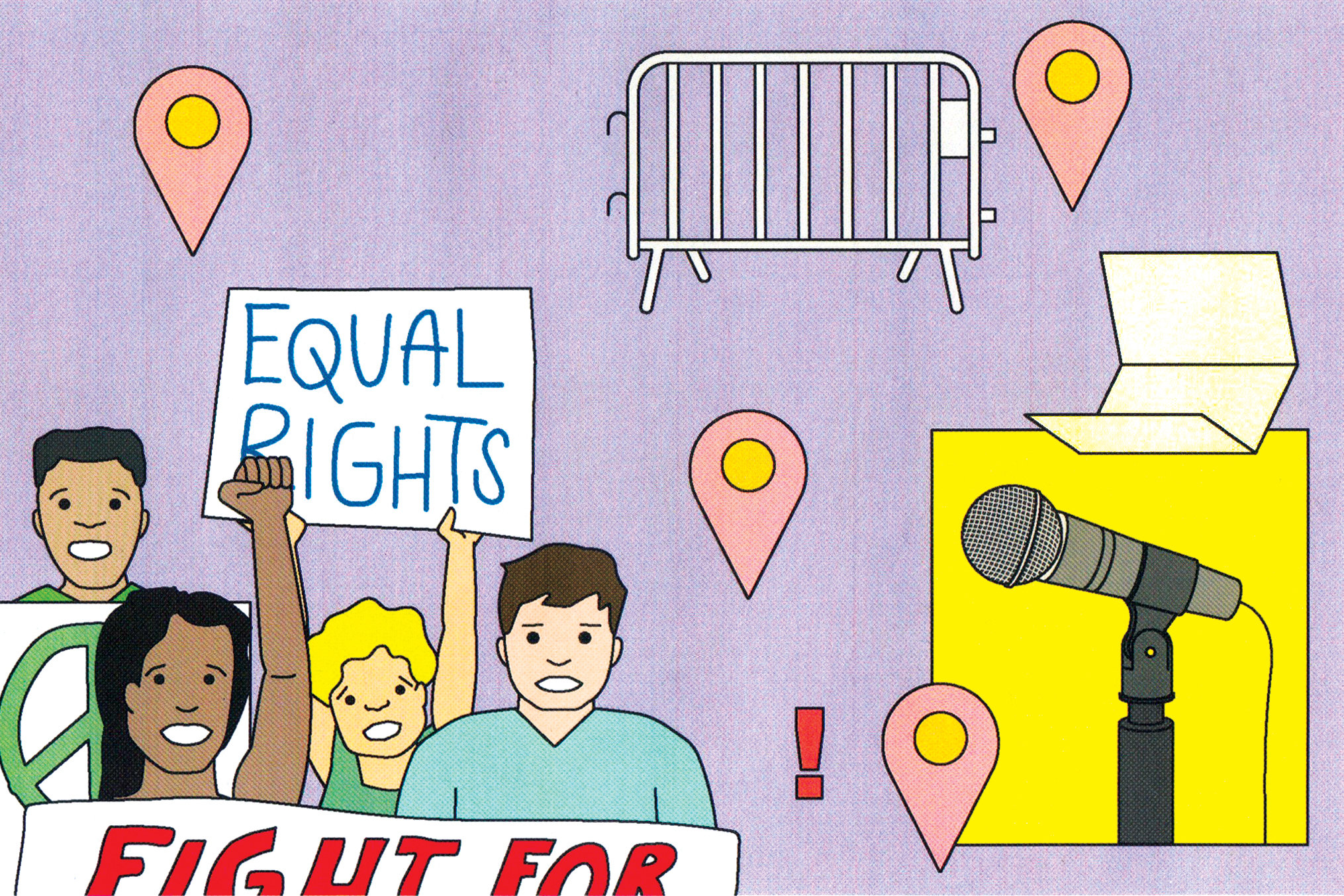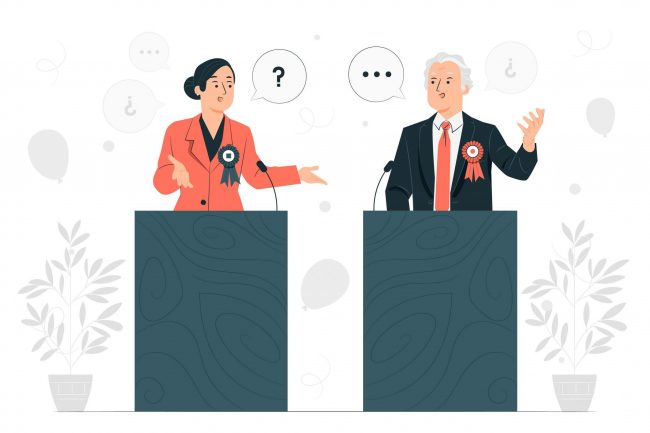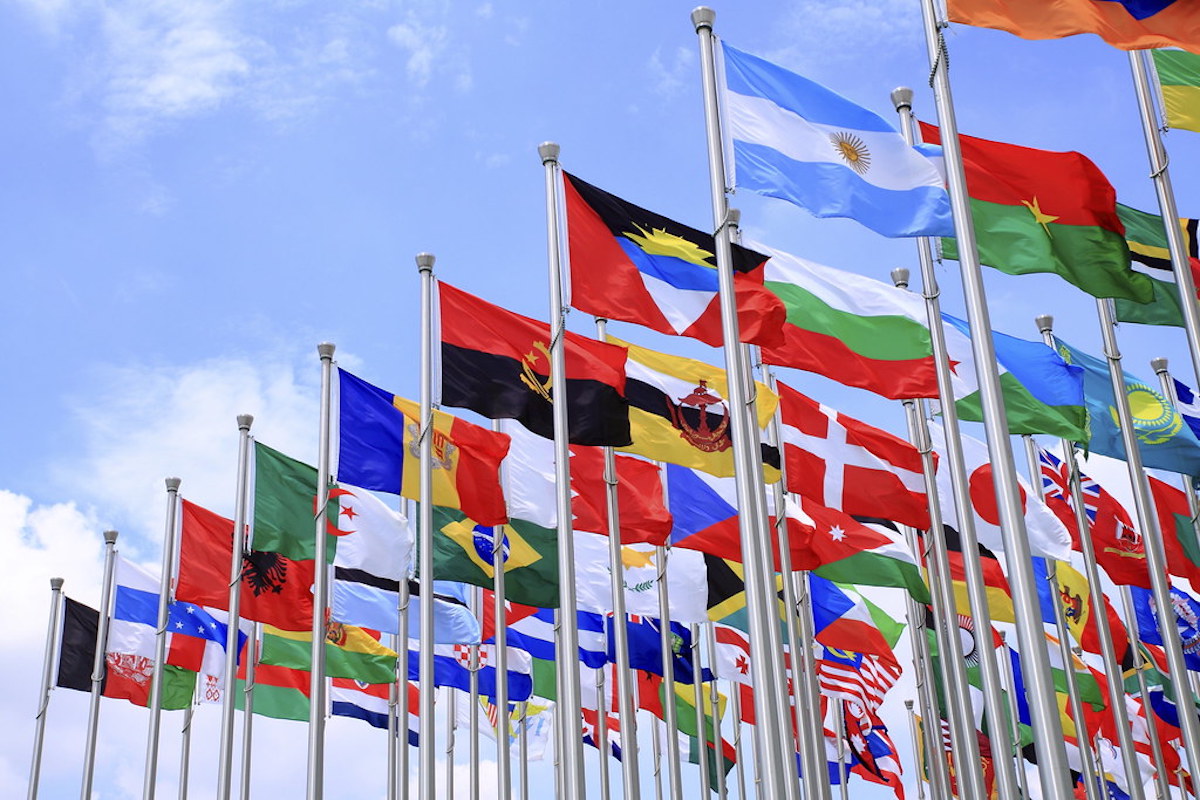Analyzing the Impact of Political Activism and Grassroots Movements
These movements are often the driving force behind transformative social and political change

The Power of People: Exploring the Impact of Political Activism and Grassroots Movements
Political activism and grassroots movements have played pivotal roles throughout history in shaping societies, governments, and policies. These movements are often the driving force behind transformative social and political change. From the civil rights movement in the United States to the Arab Spring in the Middle East, and from the suffragette movement for women's rights to the environmental activism of today, the impact of grassroots efforts cannot be overstated. In this blog post, we will delve into the profound influence of political activism and grassroots movements on society, politics, and the world at large.
Defining Political Activism and Grassroots Movements
Before we dive into the impact, let's define these terms:
Political Activism: Political activism refers to the deliberate efforts of individuals or groups to promote or oppose political, social, economic, or environmental change. Activists engage in a variety of activities, including protests, lobbying, advocacy, and civil disobedience, to bring about the change they seek.
Grassroots Movements: Grassroots movements are decentralized, bottom-up initiatives driven by ordinary people who share a common goal or concern. These movements typically emerge from local communities and work to create change at the grassroots level. They often lack formal leadership structures and rely on collective action and shared values to achieve their objectives.
Impact on Policy Change
One of the most significant impacts of political activism and grassroots movements is their ability to influence policy change. By mobilizing public support, raising awareness, and applying pressure on governments and institutions, these movements have brought about legislative and policy reforms in various domains.
Civil Rights Movement (1950s and 1960s): The Civil Rights Movement in the United States is a prime example of how grassroots activism can lead to policy change. Through nonviolent protests, marches, and advocacy, activists successfully pushed for landmark legislation like the Civil Rights Act of 1964 and the Voting Rights Act of 1965, which ended racial segregation and ensured voting rights for African Americans.
Marriage Equality Movement: Advocates for LGBTQ+ rights worked tirelessly through grassroots efforts to change public opinion and influence policy. Their work led to the legalization of same-sex marriage in numerous countries and states, culminating in the historic Obergefell v. Hodges decision by the U.S. Supreme Court in 2015.
Environmental Activism: Grassroots environmental movements have been instrumental in raising awareness about climate change and pushing for policy changes. Activist-led campaigns have pressured governments to enact stricter environmental regulations, invest in renewable energy, and participate in international agreements like the Paris Agreement.
Empowerment of Marginalized Communities
Political activism and grassroots movements often serve as platforms for marginalized communities to voice their concerns, demand justice, and assert their rights. These movements empower individuals who may have otherwise been silenced by systemic oppression.
Women's Suffrage Movement: The women's suffrage movement fought for women's right to vote and paved the way for greater gender equality. Through grassroots organizing and activism, women gained the political power to advocate for their interests and challenge discriminatory laws and practices.
Black Lives Matter (BLM) Movement: BLM emerged as a powerful grassroots movement in response to racial injustice and police brutality. It provided a platform for Black individuals and communities to demand an end to systemic racism, leading to widespread conversations about racial inequality and police reform.
Indigenous Rights Movements: Indigenous peoples around the world have used grassroots activism to assert their rights to land, culture, and self-determination. These movements have raised awareness about the historical injustices faced by indigenous communities and have led to legal victories and increased recognition of their rights.
Fostering Societal Change
Beyond policy and legislative impacts, political activism and grassroots movements have the power to shape societal norms, values, and cultural perspectives.
Me Too Movement: This grassroots movement, which began as a social media hashtag, exposed the pervasiveness of sexual harassment and assault. It encouraged survivors to share their stories, challenge toxic behaviors, and demand change in workplaces and communities.
Anti-Apartheid Movement: The international grassroots campaign against apartheid in South Africa contributed to the global consensus that racial segregation and discrimination were morally unacceptable. This movement not only pressured governments to impose sanctions but also reshaped public attitudes toward racial equality.
Expanding Impact through Globalization
One of the remarkable aspects of political activism and grassroots movements in the modern age is their ability to transcend borders and mobilize support on a global scale. Advances in communication technology and social media have allowed activists to connect with like-minded individuals and organizations worldwide, amplifying their influence.
Arab Spring: The Arab Spring, a series of uprisings and protests across the Middle East and North Africa in the early 2010s, exemplified the global reach of grassroots movements. Social media platforms played a crucial role in organizing and spreading information, leading to international solidarity and awareness of the movements' goals.
Climate Strikes: The youth-led climate strikes, inspired by activists like Greta Thunberg, have galvanized millions of people worldwide to demand urgent action on climate change. These strikes and demonstrations have led to global policy discussions, influencing governments to take more significant steps to address environmental issues.
#BlackLivesMatter Beyond Borders: The #BlackLivesMatter movement, which originated in the United States, quickly gained international attention and support. Protests and rallies in solidarity with the movement took place in countries around the world, drawing attention to issues of racial injustice beyond U.S. borders.
Challenges and Controversies
While political activism and grassroots movements have achieved substantial positive change, they are not without their challenges and controversies.
Fragmentation and Lack of Leadership: Grassroots movements often lack centralized leadership, which can make decision-making and maintaining a unified message challenging. This decentralization can sometimes lead to fragmentation and infighting within movements.
Repression and Resistance: Activists often face resistance from governments, institutions, and powerful interest groups. This resistance can manifest in various forms, including censorship, arrests, and violence against activists.
Co-Optation: Some movements risk being co-opted by political parties or interest groups that seek to exploit the movement's energy for their own agendas. This can dilute the movement's original goals and message.
Erosion of Trust: In the age of social media, misinformation and disinformation can spread quickly, eroding trust in movements and undermining their credibility. Maintaining accurate information and transparency is essential to sustaining public support.
Future Prospects
As we look to the future, the impact of political activism and grassroots movements is likely to continue evolving.
Intersectionality: Movements are increasingly recognizing the importance of intersectionality, acknowledging that individuals may face multiple forms of discrimination or oppression simultaneously. This broader perspective can lead to more inclusive and effective activism.
Digital Activism: The role of digital activism, including online petitions, social media campaigns, and hacktivism, is expected to grow. Activists will continue to leverage technology to organize and mobilize support.
Global Cooperation: Given the interconnectedness of global challenges, activists and movements are likely to collaborate across borders more frequently. This may lead to the development of transnational movements focused on issues like climate change, human rights, and inequality.
Sustainability: Ensuring the long-term sustainability of movements is crucial. Activists will need to consider how to maintain momentum, engage new generations, and adapt to changing circumstances.
Political activism and grassroots movements remain potent forces for change in our world. Their impact on policy, empowerment of marginalized communities, cultural transformation, and global reach continue to shape societies and challenge the status quo. As we navigate complex global issues and confront new challenges, these movements serve as a reminder that collective action and the voices of the people remain essential tools in the pursuit of a more just and equitable world. The legacy of these movements serves as a beacon of hope, inspiring future generations to stand up for what they believe in and drive positive change.



















